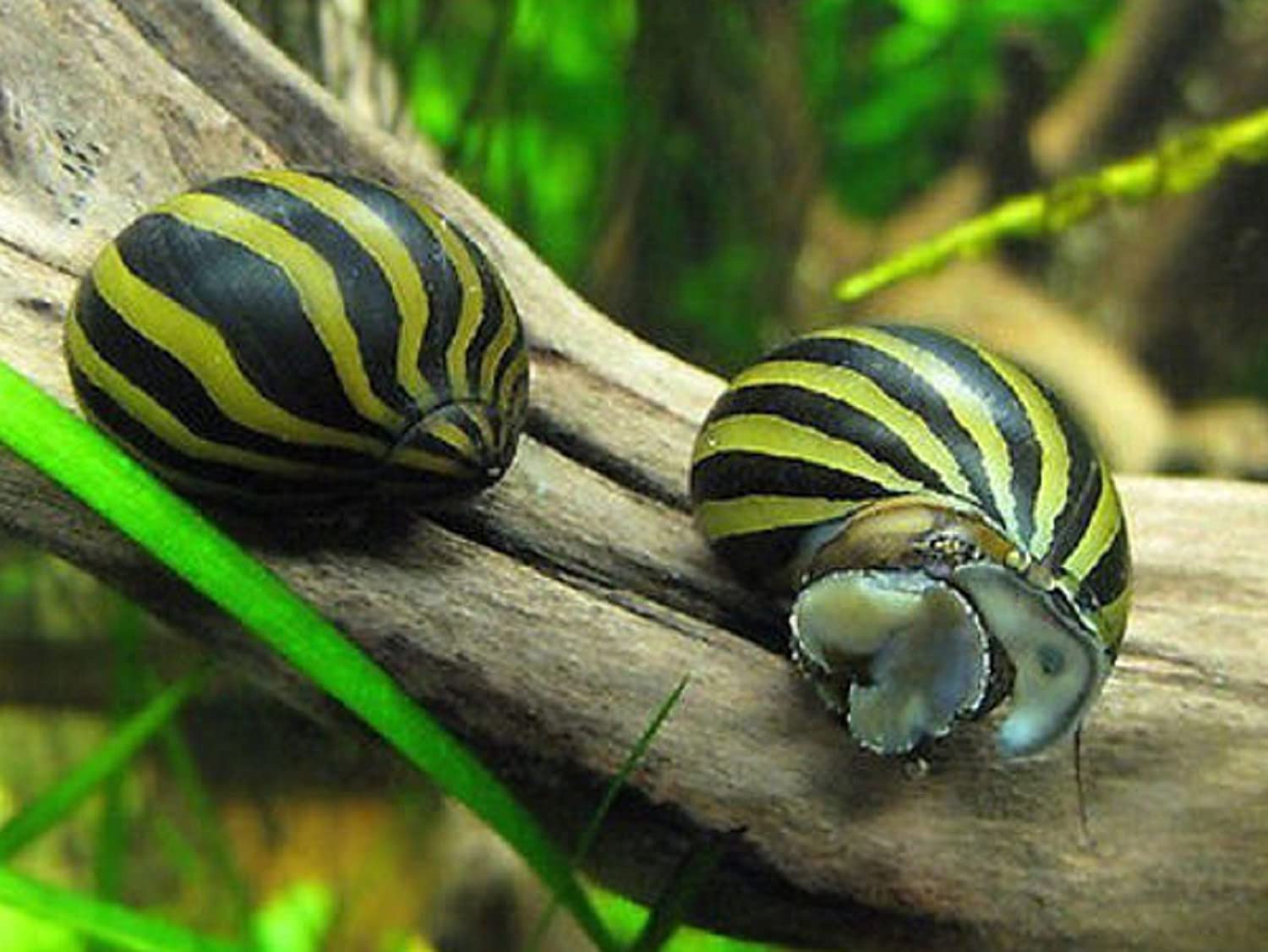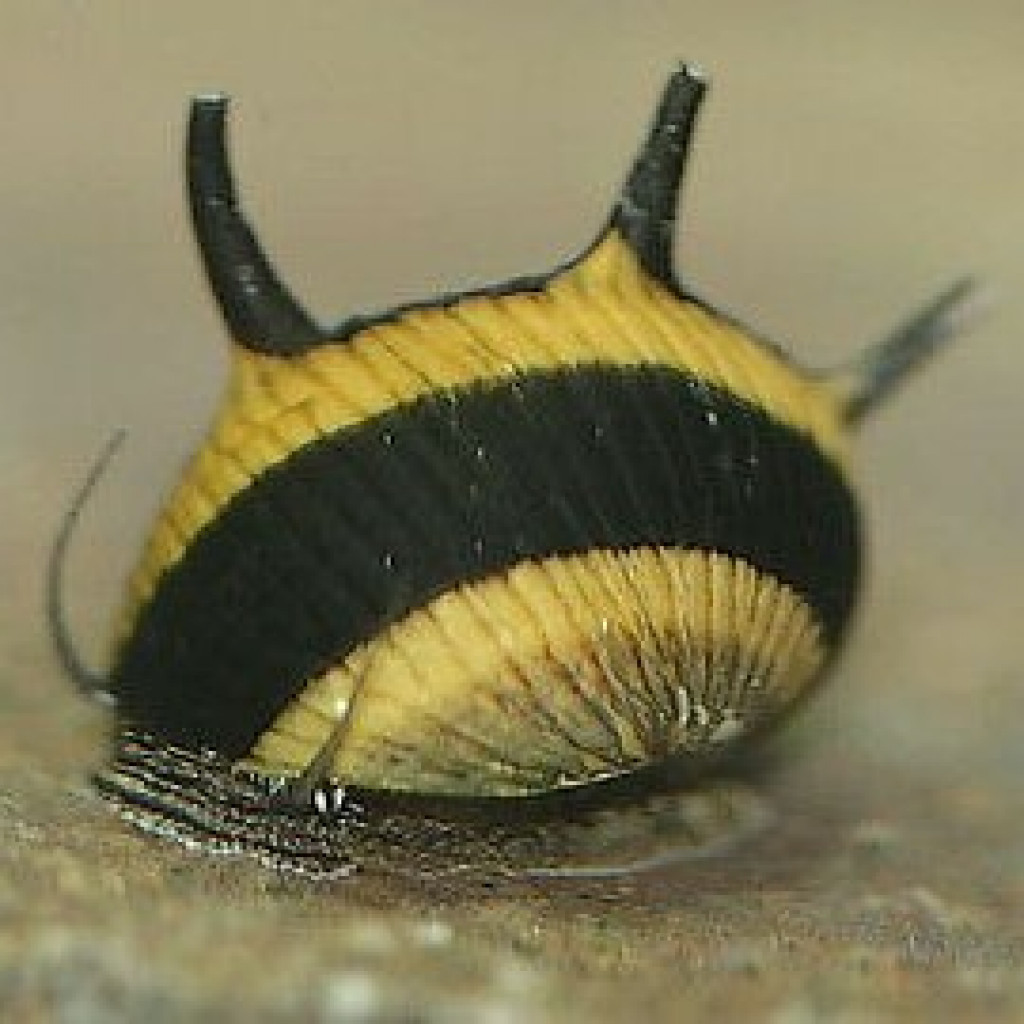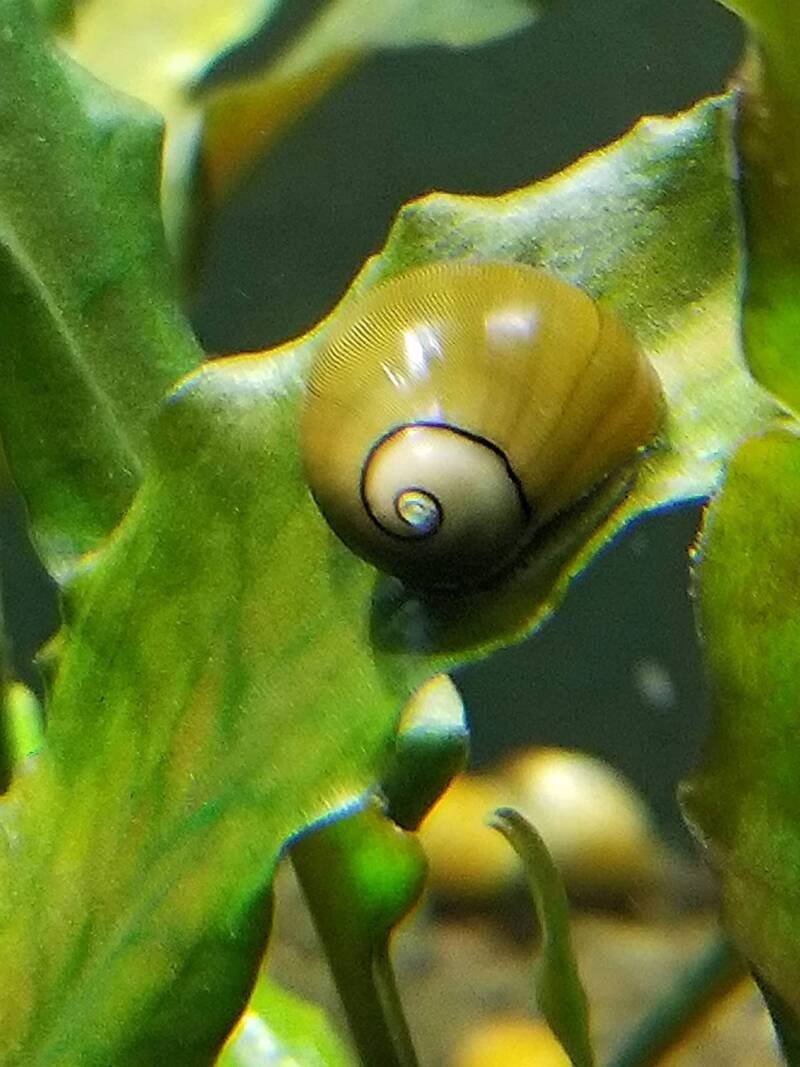
Freshwater Horned Nerite Snail Aquarium snails, Aquascape, Aqua culture
Horned nerite snails (Neritina Clithon corona) Black (Red, Gold) Racer nerite snails (Neritina pulligera, Vittina waigiensis) Red Spotted nerite snails (Neritina natalensis sp) Have you noticed that in articles authors usually use common and scientific names when they talk about shrimp or fish? What about Nerite snails?

Ultimate Nerite Snails Care Guide Lifespan, AlgaeEating, Eggs
Horned Nerite Snails are peaceful creatures and can be kept with a variety of tank mates, including fish and other invertebrates. To ensure the well-being of Horned Nerite Snails, it is important to provide them with a suitable environment. These snails prefer freshwater tanks with a pH level between 7.5 and 8.5 and a temperature range of 72 to.

Ultimate Nerite Snails Care Guide Lifespan, AlgaeEating, Eggs
Horned Nerite Snails Tiger Nerite Snails Olive Nerite Snails Red Racer Nerite Snails Black Racer Nerite Snails Characteristics of Nerite Snails Aquarium Life of Nerite Snails Tank Setup Aquarium Mates Food & Diet Water Requirements for Nerite Snails Diet And Algae Eating Habits Breeding of Nerite Snails Health and Wellness of Nerite Snails

Horned Nerite Snail (Clithon diadema)
Horned Nerite Snails are a tropical freshwater species of aquarium snail. They are easily identified by the multiple dark horns that protrude from their shell. The shell is yellow in color with thick black swirls along the edge. They are popular algae eaters and debris removers. Most notably they will keep your glass crystal clear.

Horned Nerite Snail Detailed Guide Care, Diet, and Breeding Shrimp
Horned Nerite Snail Tiger Nerite Snail Black Racer Nerite Snail Red Racer Nerite Snail Olive Nerite Snail Size Nerite Snail Care Tank Size Water Parameters What To Put In Their Tank Potential Diseases Food & Diet Behavior & Temperament

Horned Nerite Snail (Clithon corona)
The name 'horned nerite snail' is commonly used for two snail species in the genus Clithon, namely, Clithon diadema and Clithon corona. Both of these snails are naturally found in freshwater and brackish habitats on a range of islands in the south to southwest Pacific. Interestingly, not a whole lot can be said about this nerite snail's appearance.

Gold Thorn/Horn Nerite Snail (Clithon corona/diadema)
Nerite snails are ideal for small tanks, reaching only an inch (2.5 cm) in diameter, making them suitable for 4-gallon (15 liters) setups. Their diet consists mainly of algae, decaying food, and fallen tank mates. Nerite snails can coexist harmoniously with non-aggressive fish and mollusks.

Horned Nerite Snail Clithon corona Melci nevertebrate Acvarii De Vis
Horned Nerite Snail Overview Horned Nerite Snail Appearance Varieties of Horned Nerite Snail 1. Three-Color Thorn Horn Nerite Snail 2. Zebra Thorn/ Horn Nerite Snail 3. Olive Gold/ Horn Nerite Snail Importance Of The Horned Nerite Snail Lifespan of Horned Nerite Snail Horned Nerite Snail Size Natural Habitat and Origin

Horned Nerite Snail ChiChi's Aquatic Dreams
Nerite snails can be striped, horned, or solid-colored. These invertebrates are peaceful and unlikely to behave aggressively towards their tankmates. Colors, Patterns, and Size. Nerite snails have a large shell that comes in various colors and hides a foot that the snails use to move. Most nerite snails grow to around 1 inch long, with females.

Nerite Snail Full Care Guide (with Tank Setup, Mates & Diet)
Horned Nerite Snails. These snails can vary in color, but all have distinctive horns growing out of their shells. There may be as little as two or as many as six horns growing out of a smooth shell. Behavior and Natural Habitat. Originally, nerite snails were from Africa. However, they are now commercially available and bred throughout the world.

Horned Nerite Snail ChiChi's Aquatic Dreams
Nerite snails are relatively hardy creatures and can tolerate a wide range of different water parameters. They also like in brackish waters, but do perfectly in freshwater too. Here are the preferred things you should know about nerite snails: Water Temperature: 20-26 °C (60-79 °F) pH: 6.0-8 Water Hardness: 6-12dH Minimum Tank Size: 5 gallons

Nerite Snails Care Guide Feeding and Tankmates for Freshwater Aquariums
Horned Nerite Snails are small, growing to an adult size of only 0.8-1 inches (2-2.5 cm). Their growth rate is relatively slow, taking anywhere from 6 months to a year to reach full size. But don't let their size fool you - they can make a big impact on your tank's algae problem!

Horned Nerite snail r/Aquariums
Vittina natalensis, common name spotted nerite, is a species of small freshwater snail with an operculum, an aquatic gastropod mollusk in the family Neritidae, the nerites.. It returns to brackish waters to reproduce.. This is a popular aquarium snail, sold because it looks attractive and eats algae in freshwater tanks, but does not multiply under aquarium conditions.

Buy Aquatic Arts 1 Live Zebra Thorn Horn Nerite Snail Nano Aquarium
Horned Nerite snails are a smaller freshwater snail species, reaching a maximum size of about 0.5 - 0.8 inches (1.5 - 2 cm) in the aquarium setting. Though these shells mostly feature natural-looking colors like yellow and dark (aperture white, apex often red), they each feature different colorizations and patterns.

Horned Nerite Snails (Clithon Donovani) Mix AquaticMotiv
The Horned Nerite Snail (Neritina Clithon corona) is a unique species due to the small horn-like projections on their shell. They come in various colors and patterns, including yellow and black stripes or spotted designs. These snails play a vital role in controlling algae growth in the tank. 4. Olive Nerite Snail

Horned Nerite Snail (Clithon Corona) AquaSnails
Nerite snails can live in most tropical tank environments and can also survive in a coldwater tank setup, as long as the temperature range doesn't drop below 65 0 F. Ideally, Nerite snails need a pH range between 6.5 and 8.5 and a tank temperature of between 65 0 and 85 0 F. The water type in the habitat should be kH 12-18 and gH 12-18.